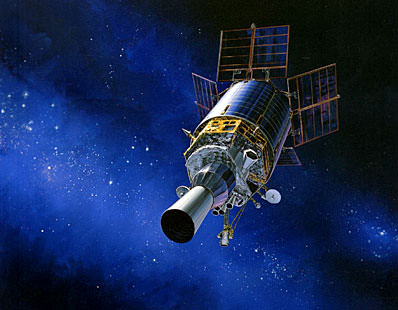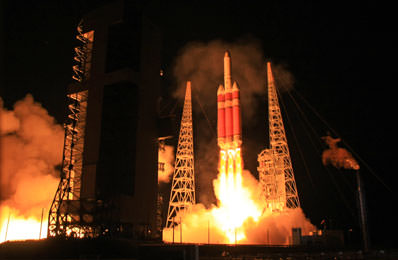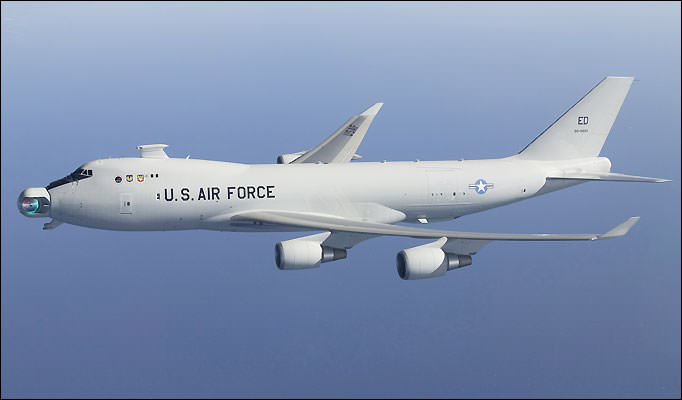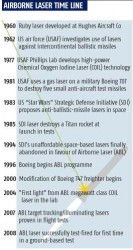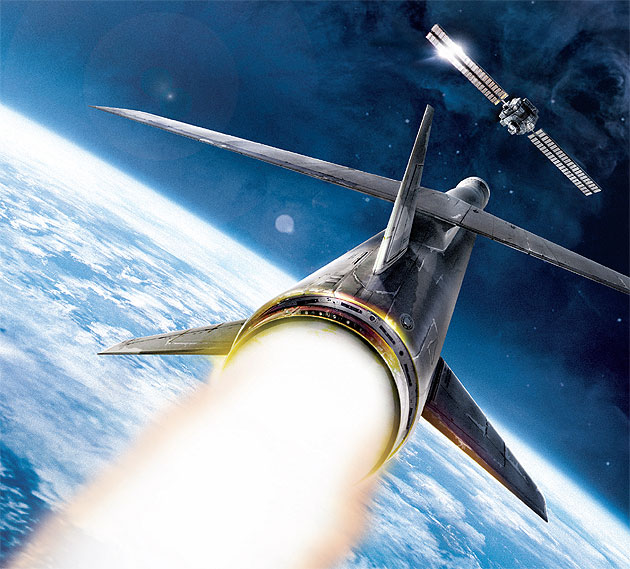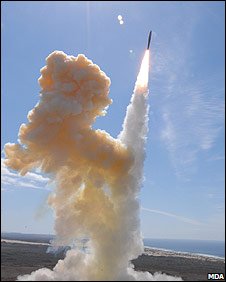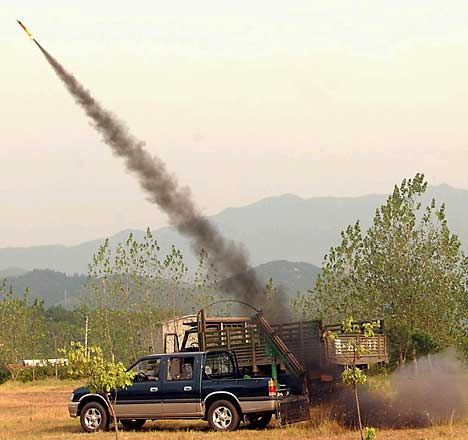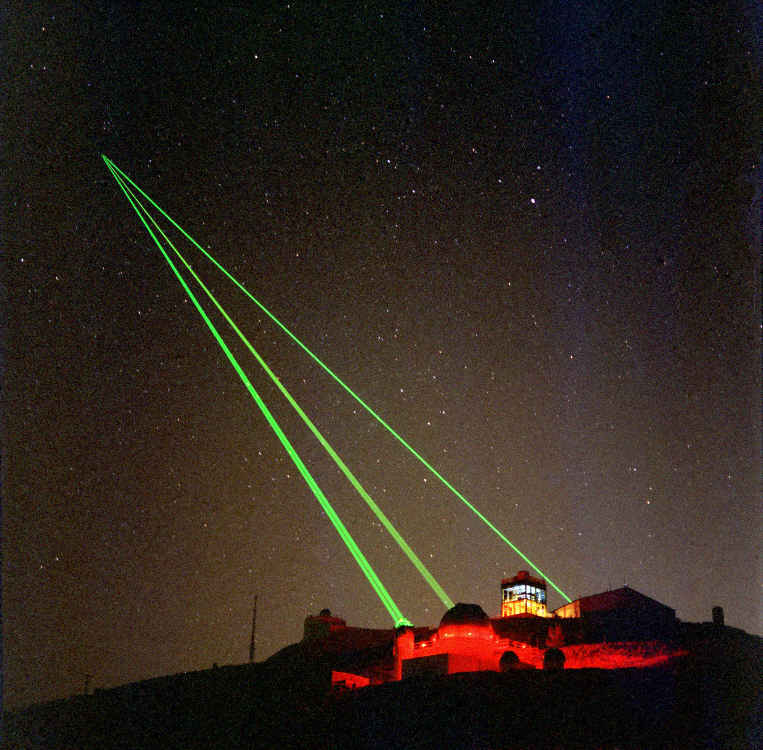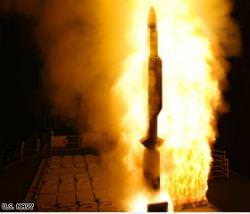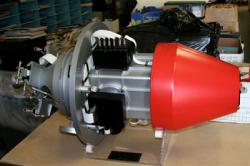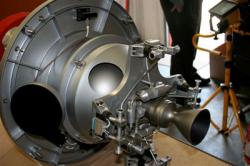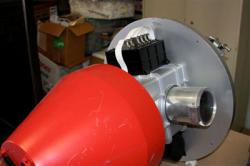[/caption]
Two small, covert inspection satellites capable of maneuvering around in geosynchronous orbit are being used by the U.S. Defense Department to inspect a $400 million missile warning satellite that failed in 2008. This is the first time this type of operation has been done, demonstrating a new ability by the U.S. military. “There is not much we do in space any more that is really new, but this is really new,” said John Pike, who heads the military think tank GlobalSecurity.Org, in an article by Craig Covault in Spaceflightnow.com. Pike went on to say that although this operation is being used to obtain data on a failed U.S. spacecraft, such inspections of especially potential enemy spacecraft, is something the Pentagon has wanted to do since the start of the space age. And what implications would this type of spacecraft have for NASA’s ability to monitor and repair satellites and orbiting spacecraft in the future?
The U.S. Air Force/Northrop Grumman Defense Support Program DSP 23 missile warning satellite was launched successfully in 2007, but failed shortly after in 2008. It was the first launch of the Delta 4-Heavy booster, which was recently used again to launch a military satellite on January 17, 2009.
The satellites are about 40,230 km (25,000 miles) above the Earth. The Orbital Sciences and Lockheed Martin “Mitex” inspection spacecraft are part of a classified Defense Advanced Research Projects Agency (DARPA) technology development program. When they were launched in 2006, the project involved maneuvering around and inspecting each other in geosynchronous orbit. But no data is available to indicate whether the two spacecraft may have secretly paid visits to one or more non-U.S. spacecraft in the geosynchronous: everything about these spacecraft is classified.
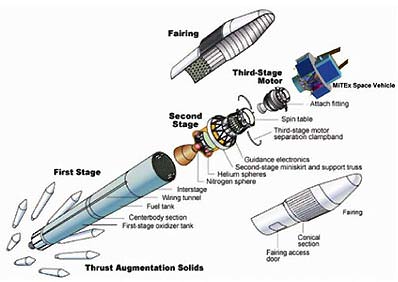
The small Mitex spacecraft are unusually small — only about 500 pounds each. Most all geosynchronous satellites are much larger. Officials from Union of Concerned Scientist’s Global Security Program. Said that the Chinese will complain about the operations to the international community in Geneva, Switzerland, as they are concerned about the implications of these satellites’ capabilities, but also about how the U.S. is always complaining about the need for transparency in Chinese space operations, but now the U.S. is conducting secret operations.
While the military aspects of the Mitex spacecraft are unique, it also provides fuel for thought about what these type of spacecraft could mean for NASA and commercial satellite companies for surveillance and possible repair of satellites and orbiting spacecraft.
For more information about the military implications of this surveillance spacecraft see the article on Spaceflightnow.com.

